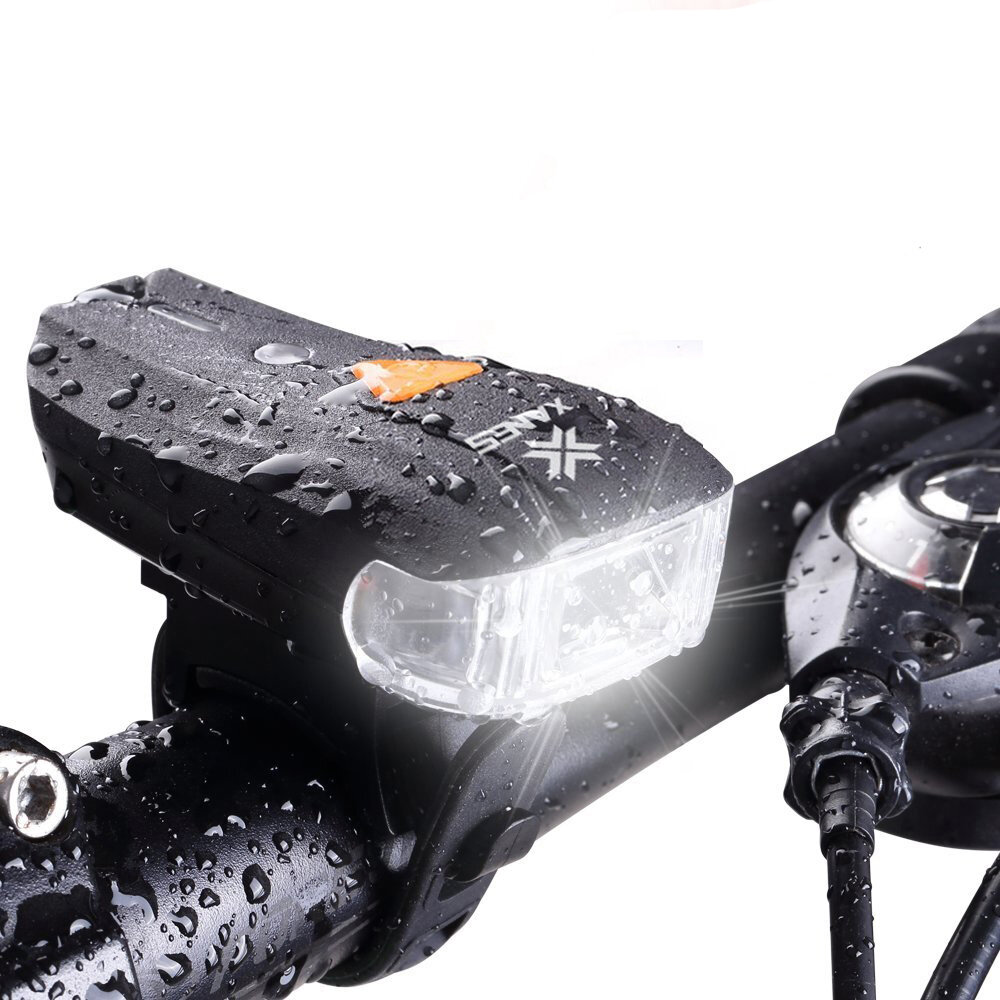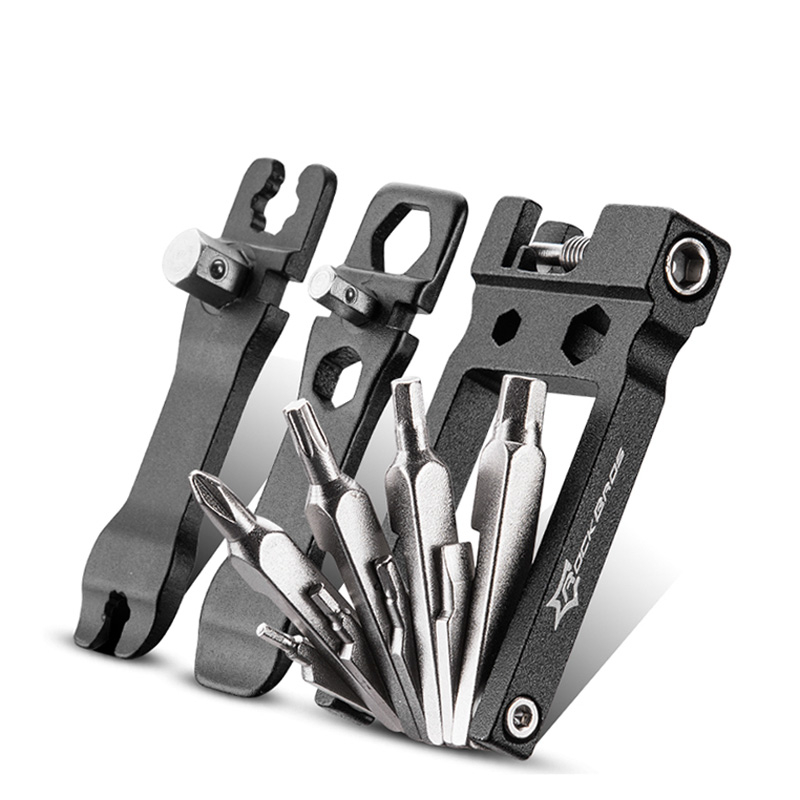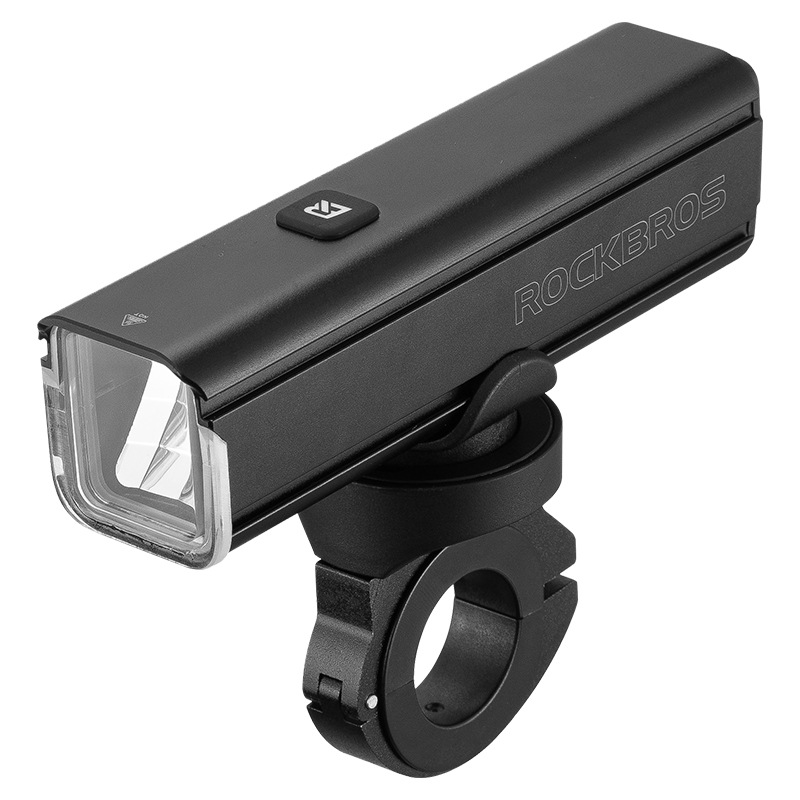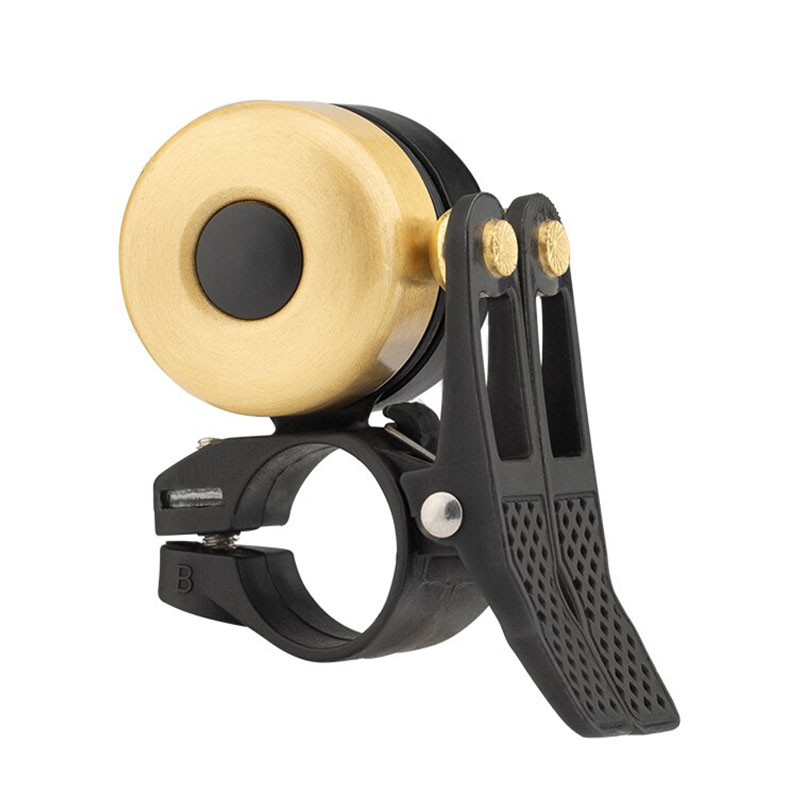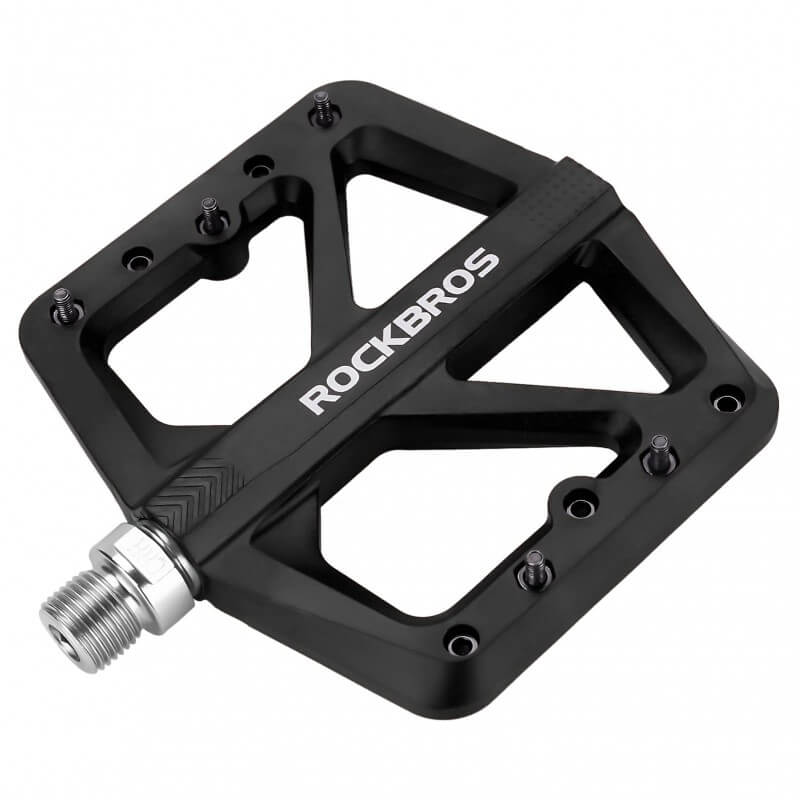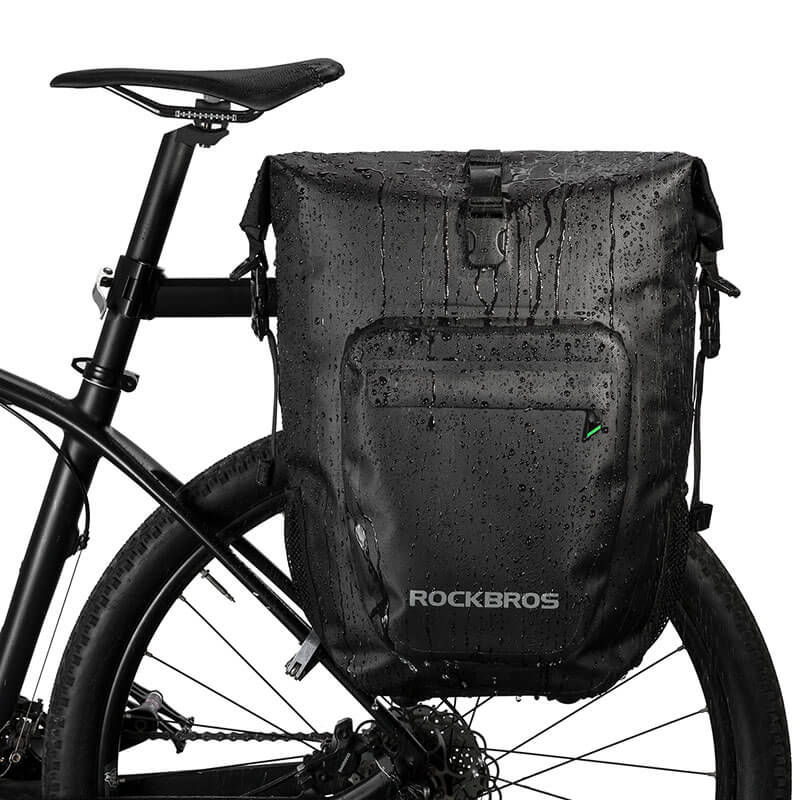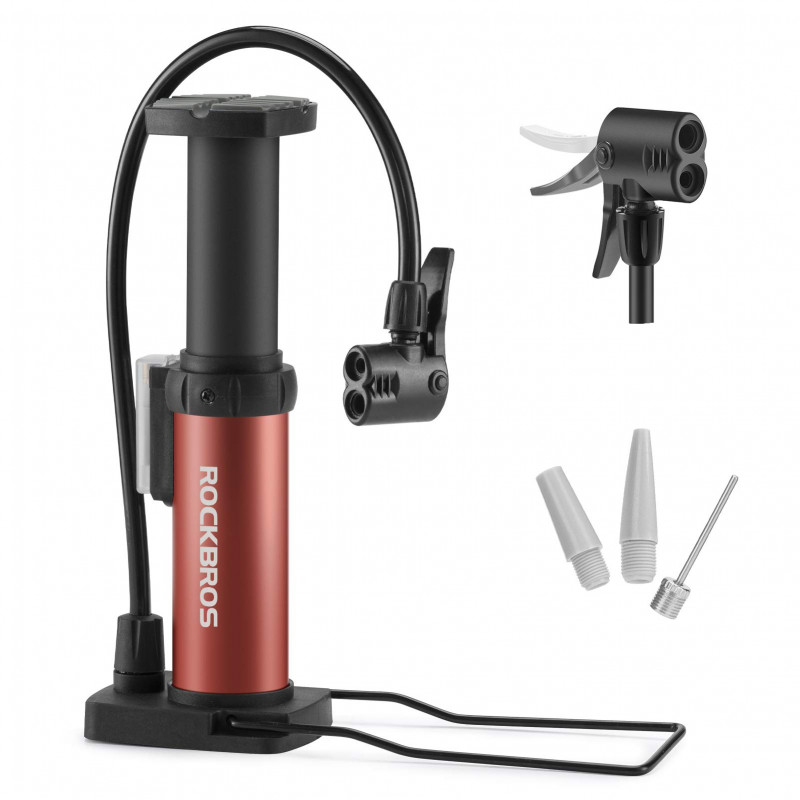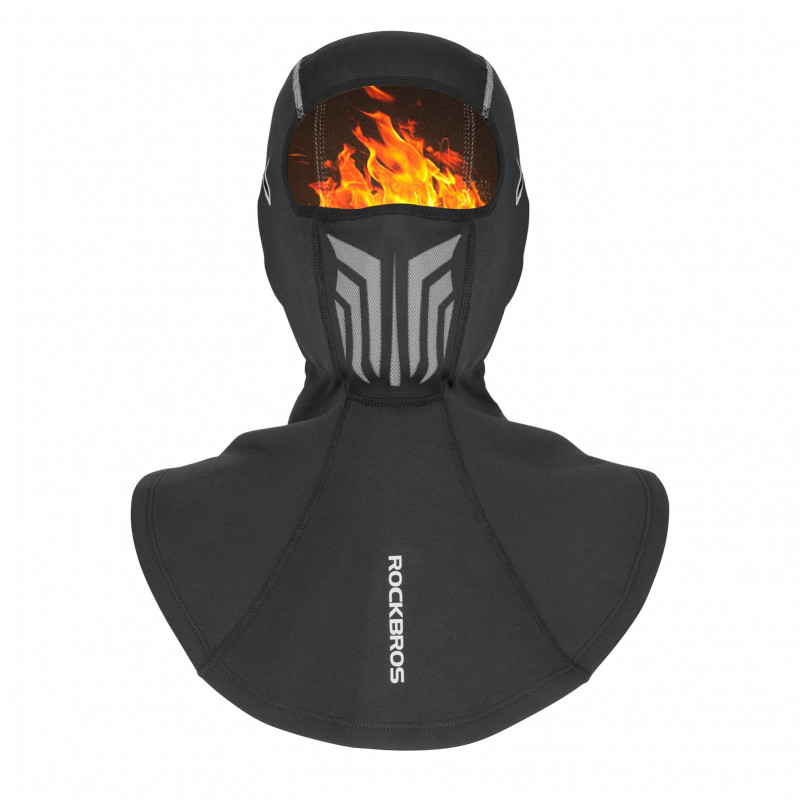Choosing the Right Mountain Bike Handlebars for Comfort and Control

Introduction
Mountain biking is an exhilarating and physically demanding activity that requires precise control and comfort. One of the essential components of a mountain bike that significantly impacts both comfort and control is the handlebars. Choosing the right mountain bike handlebars is crucial to ensure an enjoyable riding experience while maintaining optimal maneuverability and control over the bike.
Understanding the different types of mountain bike handlebars
Mountain bike handlebars come in various shapes and styles, each designed to suit different riding preferences and terrains. Let's take a look at some of the common types:
Flat handlebars
Flat handlebars are the most basic and straightforward type of mountain bike handlebars. They have a simple, straight design, providing a natural grip position. Flat handlebars are commonly found on cross-country (XC) bikes and are well-suited for riders who prefer an upright riding position.
Riser handlebars
Riser handlebars have a slight upward sweep from the stem clamp area, offering a higher hand position compared to flat handlebars. This design helps improve control and stability while descending or tackling technical trails. Riser handlebars are popular among trail riders and enduro enthusiasts.
Downhill handlebars
Downhill handlebars, also known as downhill-specific bars or "DH bars," are designed for aggressive downhill riding. They have a wider stance, more rise, and increased backsweep, providing better leverage and control during high-speed descents and jumps. These handlebars are typically stronger and more durable to withstand the rigors of downhill riding.
Factors to consider when choosing mountain bike handlebars
Selecting the right mountain bike handlebars involves considering several factors based on your riding style, preferences, and physical attributes. Here are some key factors to keep in mind:
Riding style and preferences
Your riding style and personal preferences play a significant role in determining the ideal handlebar type for you. Consider whether you enjoy cross-country, trail riding, enduro, or downhill biking, as each discipline may require different handlebar characteristics to optimize your experience.
Width and sweep
Handlebar width affects your bike's stability and control. Wider handlebars offer increased stability and better control over rough terrain, while narrower handlebars provide quicker handling and maneuverability. The general rule of thumb is to choose a handlebar width that matches your shoulder width for optimal comfort and control.
Sweep refers to the angle at which the handlebar extends backward from the stem. It affects your hand position and wrist comfort. Some handlebars have more sweep, providing a more ergonomic grip, while others have less sweep, offering a more aggressive riding position.
Rise and backsweep
Handlebar rise refers to the vertical distance between the handlebar and the stem clamp area. It determines the height of your riding position. Higher rise handlebars provide a more upright riding posture, suitable for riders who prefer comfort and less strain on their back. Lower rise handlebars offer a more aggressive and aerodynamic position for riders seeking performance and control.
Backsweep refers to the angle at which the handlebar extends backward from the stem. It influences your wrist angle and comfort. Handlebars with more backsweep are generally more comfortable, reducing strain on your wrists and promoting a natural hand position.
Ergonomics and comfort
Ergonomics and comfort are crucial considerations when choosing mountain bike handlebars. Riding for extended periods can put strain on your hands, wrists, and upper body. Here are some aspects to consider for a comfortable ride:
Importance of ergonomic design
Look for handlebars that are ergonomically designed to support natural hand positions. Ergonomic features such as angled grips and strategically placed curves can help reduce fatigue and discomfort during long rides.
Hand positions and pressure points
Consider the different hand positions the handlebars offer. Some handlebars provide multiple hand positions, allowing you to vary your grip and alleviate pressure on specific areas. This versatility can prevent numbness and discomfort on longer rides.
Vibration dampening
Mountain biking involves riding on rough and uneven terrain, which can generate vibrations. Handlebars with vibration dampening properties, such as those made from carbon or featuring additional padding, can help reduce the impact of vibrations on your hands and arms.
Control and maneuverability
The right handlebars can significantly impact your bike's control and maneuverability. Here's how handlebars influence these aspects:
Impact on steering and responsiveness
Handlebars with the appropriate width and shape can enhance steering responsiveness. Wider handlebars provide more leverage, allowing for precise steering inputs, while narrower ones offer quicker handling for tight turns and technical sections.
Effect on bike stability
Handlebar width plays a crucial role in determining your bike's stability. Wider handlebars offer increased stability, especially when riding at high speeds or tackling challenging terrain. They provide a wider platform for your hands, improving balance and control.
Material and construction
When choosing mountain bike handlebars, consider the materials used and their construction. These factors can affect durability, weight, and overall performance:
Common materials used
Mountain bike handlebars are typically made from aluminum or carbon fiber. Aluminum handlebars are known for their durability and affordability. Carbon fiber handlebars, on the other hand, offer a lighter weight and excellent vibration damping properties.
Strength and durability
Ensure that the handlebars you choose are strong enough to withstand the demands of mountain biking. Look for handlebars with reinforced areas around the clamp and high-stress zones. This will help prevent bending or breaking during intense riding.
Weight considerations
Weight is an essential factor to consider, especially for riders seeking optimal performance. Carbon fiber handlebars are generally lighter than aluminum ones, but they can be more expensive. Balancing weight savings with your budget is crucial when making a decision.
Testing and trying out handlebars
To determine the right handlebars for you, it's advisable to test and try out different options. Here are some steps you can take:
Visiting a local bike shop
Visit a local bike shop that offers a variety of handlebars. Speak with knowledgeable staff who can guide you through the selection process based on your riding style, preferences, and physical attributes. They can provide valuable insights and help you make an informed decision.
Seeking professional advice
If you're unsure about which handlebars would suit you best, consider seeking advice from a professional bike fitter or a mountain bike coach. These experts can assess your riding style, body position, and individual needs to recommend the most appropriate handlebars for you.
Test riding different handlebars
Whenever possible, take the opportunity to test ride different handlebars before making a purchase. Many bike shops have demo bikes available or can install different handlebars on your existing bike for a trial run. This hands-on experience will give you a real sense of how each handlebar type feels and performs.
Installation and adjustment
Once you've selected the right mountain bike handlebars, proper installation and adjustment are essential for optimal performance and safety. Here are some key considerations:
Proper handlebar setup
Ensure that the handlebars are securely clamped to the stem using the recommended torque specifications. Follow the manufacturer's instructions for correct installation to prevent any issues.
Adjusting position and angle
Experiment with the handlebar position and angle to find the most comfortable and suitable setup for your riding style. You may need to adjust the handlebars' rotation, tilt, and fore-aft position to achieve the desired fit.
Maintenance and care
To prolong the lifespan of your mountain bike handlebars and maintain their performance, regular maintenance and care are essential. Here are some tips:
Cleaning and inspecting handlebars
Regularly clean your handlebars to remove dirt, mud, and debris that can accumulate during rides. Inspect them for any signs of damage, such as cracks, dents, or loose components. Address any issues promptly to ensure your safety.
Replacing worn-out components
Over time, handlebar grips and tape can wear out. Replace them as needed to maintain a secure and comfortable grip. Additionally, if you notice significant wear or damage to the handlebars themselves, it may be necessary to replace them for your safety.
Conclusion
Choosing the right mountain bike handlebars is a crucial step in enhancing your riding experience. Consider your riding style, preferences, and physical attributes when selecting handlebars. Focus on ergonomics, comfort, control, and the materials used in their construction. Seek professional advice, test different handlebars, and ensure proper installation and adjustment. With the right handlebars, you can enjoy improved comfort, control, and maneuverability on your mountain biking adventures.
FAQs
Can I use any type of handlebars for mountain biking?
While there are various handlebar types available, it's important to choose one that suits your riding style and preferences. Different handlebars offer distinct characteristics and performance advantages.
How do I determine the right handlebar width for me?
The general guideline is to match your handlebar width to your shoulder width for optimal comfort and control. However, personal preference and riding style may also influence your decision.
Are carbon handlebars better than aluminum ones?
Carbon handlebars are lighter and offer excellent vibration damping properties, but they tend to be more expensive. Aluminum handlebars are known for their durability and affordability. Consider your budget and riding priorities when making a choice.
Can I install new handlebars on my own?
While it's possible to install new handlebars on your own, it's recommended to seek professional help, especially if you're unfamiliar with bike mechanics. Proper installation ensures safety and performance.
Do handlebars affect my bike's overall performance?
Yes, handlebars play a significant role in your bike's overall performance. They affect control, maneuverability, and comfort, influencing steering responsiveness, stability, and fatigue reduction.
Note: This article is for informational purposes only. Consult a professional or experienced rider for specific advice related to your mountain biking needs.
